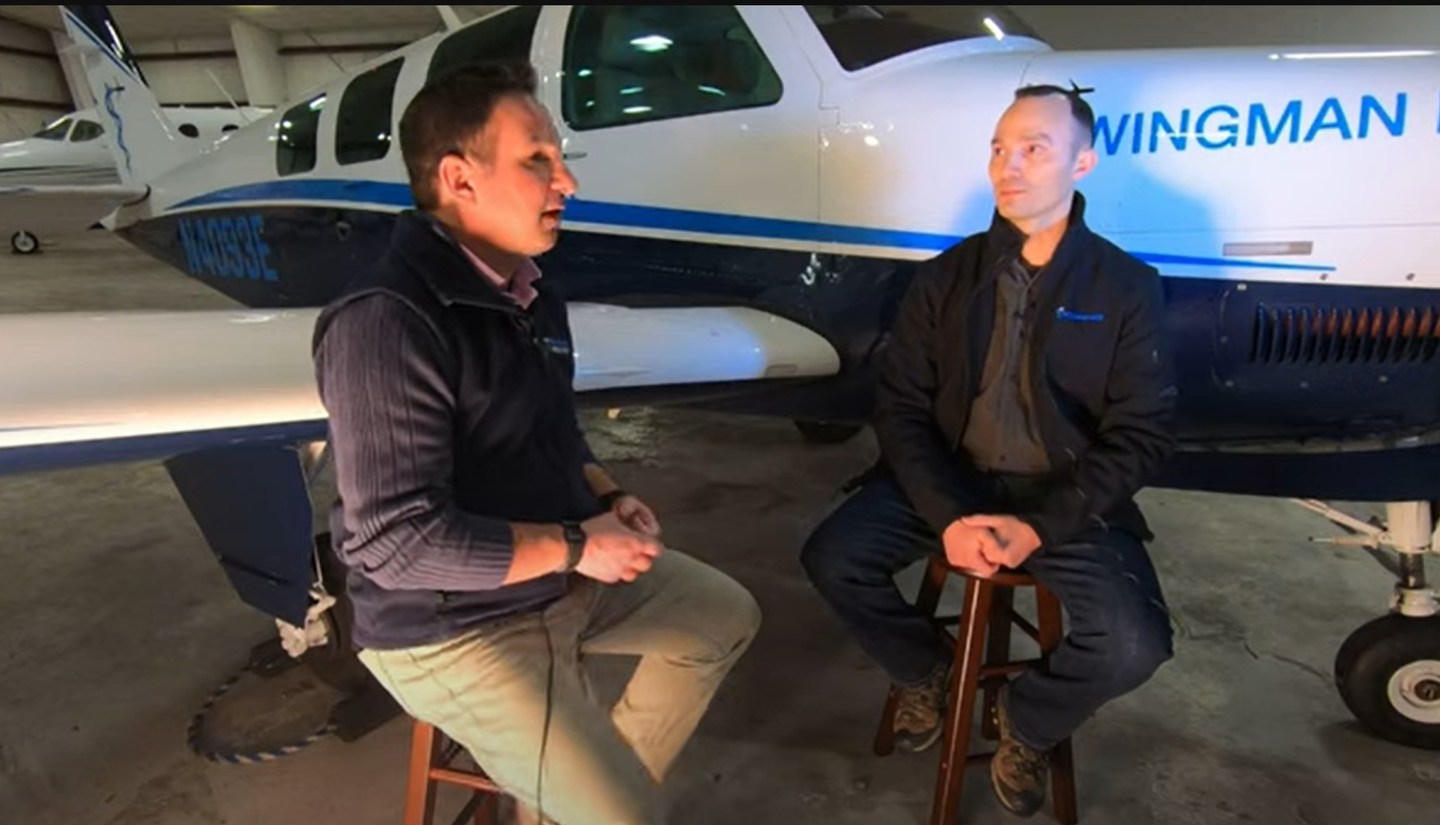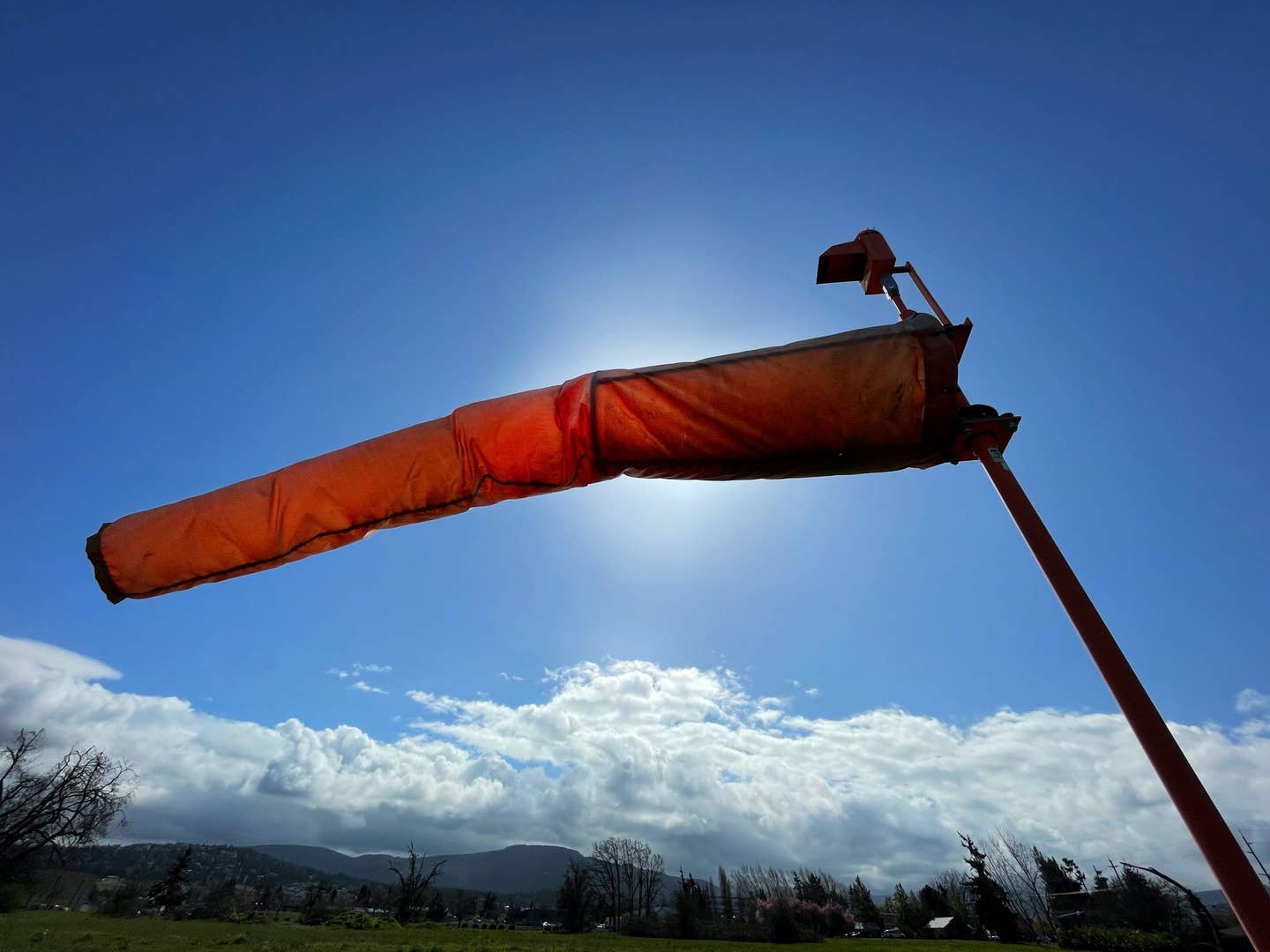I was only a few hours into my flight training before I began fantasizing about owning my own airplane. While the ink was still wet on my temporary private pilot certificate, I developed a five-year plan for aircraft ownership. I should have known that nothing would go according to plan. I had intended to purchase a 1960s Cherokee 180, but ended up with a 1947 Luscombe 8E, a two-seat taildragger. A year into aircraft ownership, it remains one of the best decisions I've ever made.
The Internet is full of spreadsheets that will help you calculate the operating cost of an airplane. Online forums will extol the horrors and virtues of ownership. Countless articles have outlined sensible strategies for selecting and purchasing your first aircraft.
You'll find no such sober analysis in this article.
If you've ever allowed a lunchtime session on barnstormers to extend until four in the afternoon, or wasted entire evenings devising theoretical budgets involving a late-model Mooney and a subsistence of rice and beans, then you don't need yet another methodical breakdown of fixed versus variable costs. You need someone to tell you that it's okay to part ways with reason, that it's fine to be selfish. In short, you need an enabler. It's a role that I'm happy to play.
Aircraft ownership isn't a decision to be taken lightly, and it's imperative that you make an honest assessment of what kind of airplane you can afford. With that boring but necessary disclaimer out of the way, the real question is not whether you can afford to own an airplane, it's whether you can afford to not own one.
Aircraft Ownership Will Make You A Better Pilot
For any weekend warrior, this is the strongest argument in favor of aircraft ownership (particularly when broaching the subject with spouses). It's hard to develop a full suite of piloting skills when you're only renting 172s every other weekend, and there's only so much you can learn about flying, and only so many places you can go in two- or three-hour blocks.
As an owner, you'll fly more. Before I bought my plane, I was a member of a flying club with a single-IFR 1998 172 SP. In my time in the club, I averaged about 80 hours a year, which was already a step up from the 70 hours a year I flew as a renter. Truth be told, a flying club is probably the best deal in all of general aviation. A well-run flying club is a form of ownership that will give you 70 percent of the joys of solo aircraft ownership with little of the risk.
But that last 30 percent is the real magic of ownership. It means never having to schedule your plane. It means being able to wait out fog or a rainstorm without worrying about losing your reservation. It means being able to fly when you want, or more importantly, when you have time.
In my case, I was unmarried when I began flight training. I began my instrument training a few months after our son was born. Balancing family time with work, weather and aircraft availability was already dicey when we had only one child. But after our daughter was born, forget about it. With two kids under the age of three, I realized that if I wanted to maintain proficiency and meet my obligations to my family, I needed to have an airplane available whenever I had free time, often on short notice.
In the nine months that I owned my plane before it went into annual, I logged more than 100 hours in that tiny cockpit. I flew before work, during the lunch hour, anytime when there was a break in my schedule and the weather---and the plane was always available. What's more, in those 100 hours, I learned so much about myself as a pilot. There's absolutely no comparison to renting.
It's Okay If Your Mission Is Just To Own A Plane
Every article about airplane ownership insists that you must first determine your mission and then buy a plane that fits the mission. Perfectly sound advice. You should definitely follow it.
As an instrument-rated pilot with a young family, my mission was clear---fun, safe, affordable family flying. The plane best suited to the mission: an IFR-capable 172 or Archer. There was just one problem: As the maintenance officer of my flying club, I saw firsthand what it costs to keep an impeccably maintained IFR Skyhawk running. One year, we had a $12,000 annual. Too rich for my blood. I had to face the reality that my mission and budget didn't match.
I was already a member of a great club with an incredible plane, and yet I was still obsessively combing through Trade-a-Plane every evening. I realized that I had misinterpreted my mission. In fact, my real mission was just to own an airplane.
And what's so wrong with that? While there's a mythology of the renegade pilot, most of the pilots I know live conscientious lives. We show up on time at the office. We contribute to college funds. We throw ourselves into the vicissitudes and triumphs of family life. We're normal people.
Many of us spend childhood and adolescence wishing to just fit in and be like everyone else. But as adulthood and middle age set in, instead we yearn for some proof that we did more with our lives than just punch in a clock at the office. For many of us, it's why we got our pilot's license in the first place. And just like your pilot's license, an airplane that you own---even a humble Cherokee 140 or Cessna 150 with primitive avionics---is that ticket to romance and adventure, the emblem of a life well lived.
Of course, it doesn't make sense! But is it so wrong to do something senseless and a little selfish if it brings you joy? I know people who spend thousands of dollars on golf or skiing or Super Bowl tickets. It doesn't make sense to me, but if it's their passion, if it makes them feel special, if it prevents them from collapsing in a heap of workaholic depression, then why shouldn't they go for it?
For some of us, airplane ownership isn't just the means to adventure, it's the adventure itself.
You'll Have Experiences That You'll Cherish
In the summer after I bought my plane, I did much of my flying before work. I'd sneak out of the house at an ungodly hour, preflight with a headlamp and take off at first light, always with the goal of seeing the sunrise from the sky. Often, I would fly into the sun, over the Chesapeake and into Maryland's Eastern Shore. On one such flight, traces of mist clung to the ground and the morning's new light transformed the world into a painter's landscape of gold and blue. While practicing wheel landings at the newly paved runway at Ridgely, a solitary rain cloud passed overhead, sprinkling the windscreen and blotting out the sun. As I continued my pattern work, I watched the cloud make its journey east, until finally I had to turn west---back to my airport, day job and all the trappings of suburban life.
It was a transcendental flight that left me full of wonder and gratitude. But I could have also written about a fly-in I attended at Smoketown or a lunch-"hour" flight to the 1,800-foot strip at Clearview Airpark. The tailwheel training alone forever changed the way I feel about myself and these machines. The point is, you'll have many moments like this in your plane.
Like all people, I've endured challenges and setbacks in life. More than once, I've declared myself a failure, a victim of my own weakness and stupidity. Maybe you have, too. But on one of those flights, it's impossible not to feel a sense of pride and accomplishment as you cross the sky on your own terms in a plane that you own---even if it only putts along at 90 miles per hour.
John Bishop is a writer and editor who flies out of Freeway Airport (W00) in Maryland. You can contact him at johnpatrickbishop.com and watch videos of his Luscombe on his YouTube channel.
Have you had a close call or a cool aviation experience that left a lasting impression? We'd love to share your story in the magazine! We're looking for stories that are between 1,100 and 1,500 words long that tell a great story. If you're interested, you can always write us a note outlining your experience and we'll get back to you right away. The pay is small potatoes, $101, but if your story is chosen, you'll get to work with our great illustrator Gabriel Campanario and have him bring your memory to life.
Email us (sorry, no phone calls or snail mail) at editor@planeandpilotmag.com and put Lessons Learned Submission in the subject line.
Did you miss our last installment of Lessons Learned? Check out the archive now!

Subscribe to Our Newsletter
Get the latest Plane & Pilot Magazine stories delivered directly to your inbox






